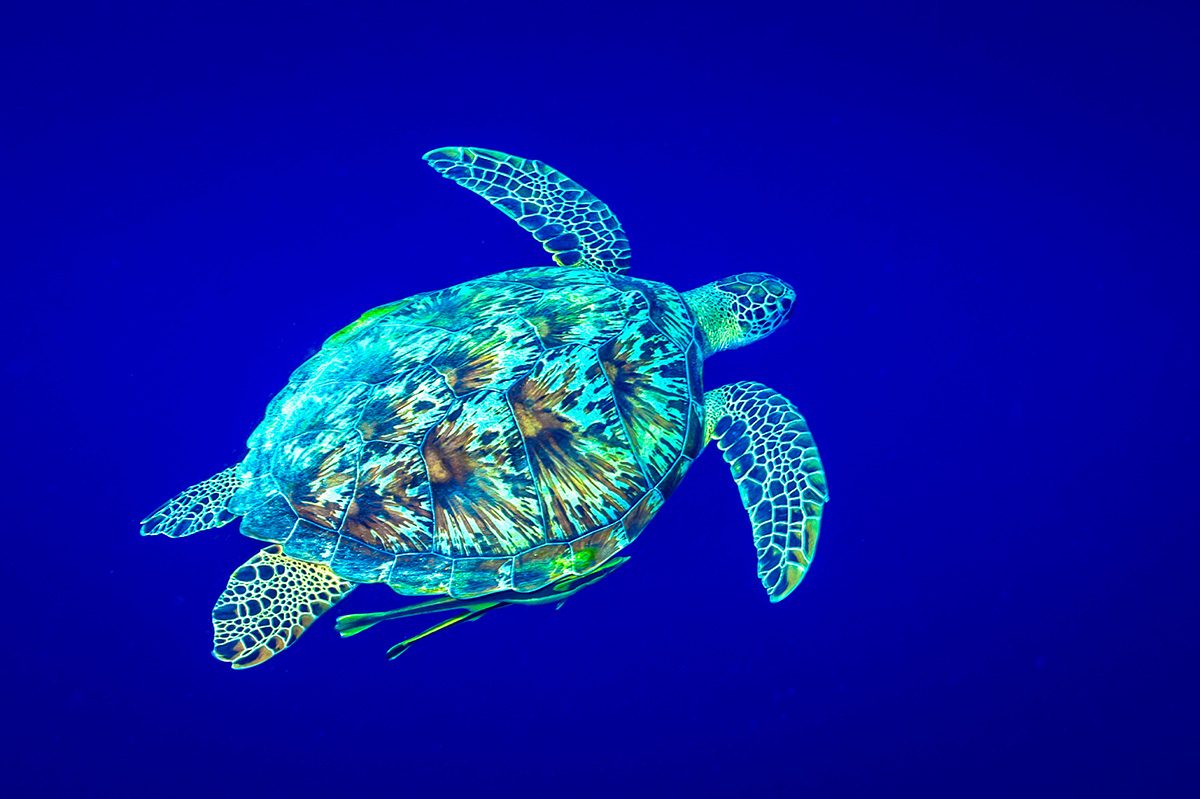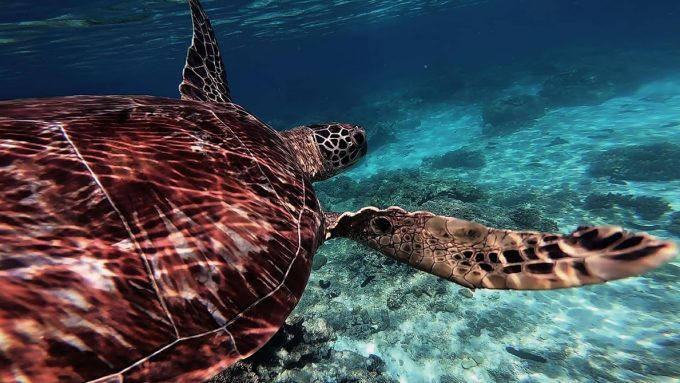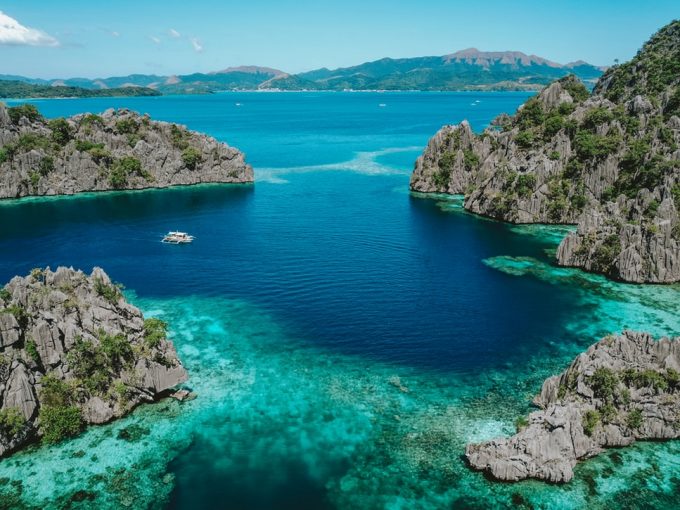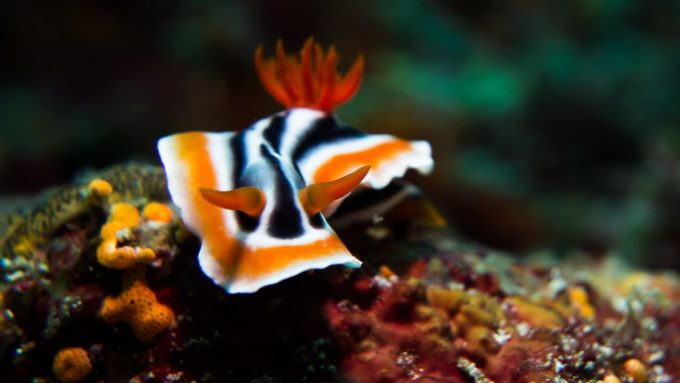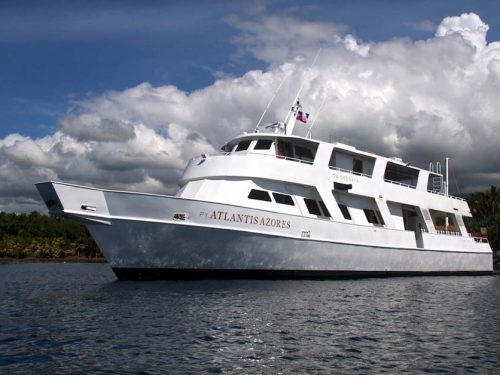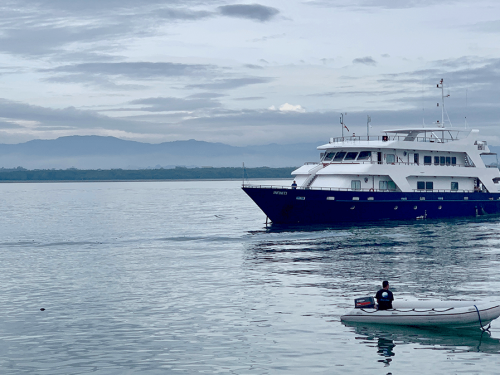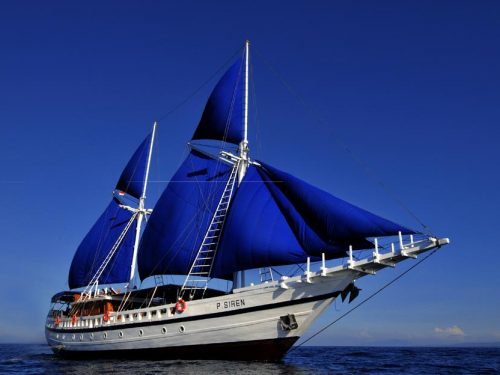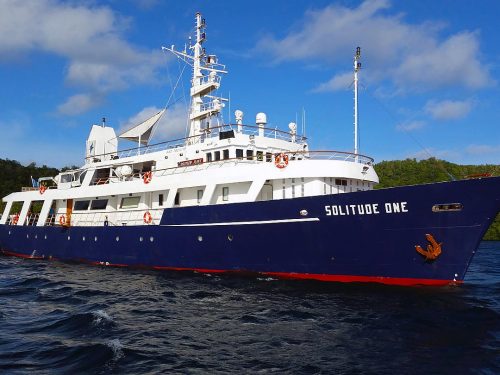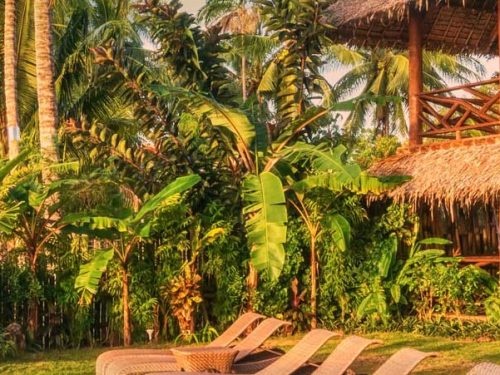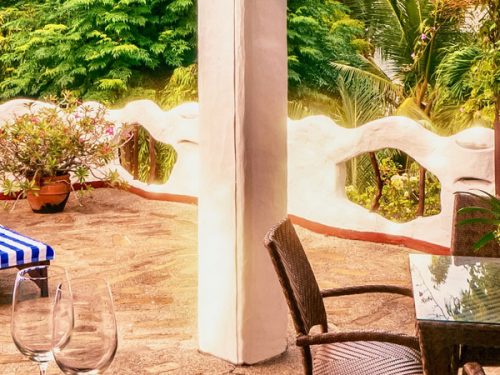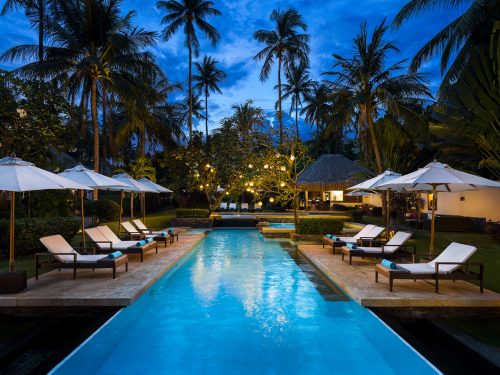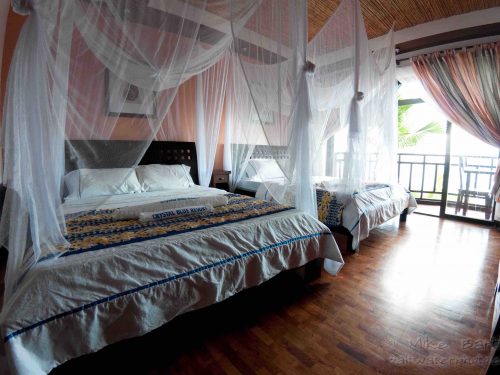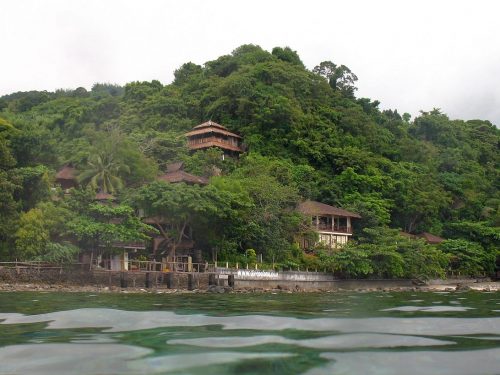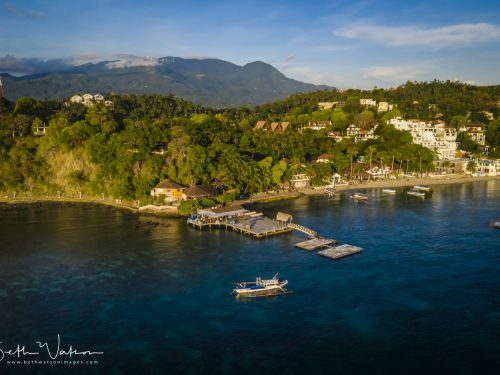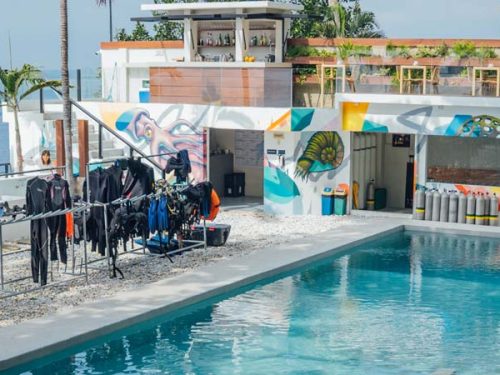The Philippines form the Northern end of the Coral Triangle, with Indonesia to the West and Papua New Guinea to the East. The Coral Triangle is generally regarded as the region containing the world’s highest level of marine biodiversity, making it the ultimate destination for scuba divers and underwater photographers. There are more than 3000 species of fish and 450 species of coral and world-class diving sites with dramatic walls, coral gardens and historical wrecks. The three main island groups are Luzon (with the capital, Manila), the central island groups of the Visayas comprising thousands of islands and Mindanao in the south.
Seemingly endless visibility, enormous pelagics and profuse corals draw divers annually to Tubbataha Reefs. Accessible only by liveaboard dive boat during the months of March, April, May and June, Tubbataha is one of those rare and special places. Declared a World Heritage Site by UNESCO in 1993, big stuff like sharks, dolphins and mantas can be seen here along with huge schools of jacks, tuna and barracuda. Small life is plentiful for those into macro photography.
Home to approximately 100 million inhabitants, the Philippines offers a cultural heritage that consists of a mixture between Malay, Chinese, Spanish, American and of course “Pinoy” (i.e., local) traditions. In addition, it is the only predominantly Christian country in Asia.
There is an admirable conservation effort going on throughout the country. Many marine parks (formal and informal) are being formed by the federal and local governments and the country has begun to realize that the dive industry is more lucrative than the fishing industry since happy divers will tip more at the end of a week-long trip than most fishermen make in a month.
Philippines diving is usually done on local outrigger canoes called “bangkas.” The smaller ones take between four and six divers while the larger boats have a capacity of up to a dozen passengers including dive gear. A simple backward roll takes you into the warm, clear tropical waters and you’re on your way to an adventure you’ll never forget.
Leyte
Until just a few years ago, Leyte was known for two things. The place where Gen. Douglas MacArthur fulfilled his promise to the Filipinos and returned to take the country back from Japan during WWII, and for being the birthplace of the world’s most famous shoe fanatic, Imelda Marcos. Happily, Leyte – and specifically the town of Padre Burgos in Southern Leyte – has a new claim to fame: consistent sightings of whale sharks; and of vital importance to photographers- sightings in clear water.
Conveniently, Philippine Airlines offers three daily flights to the Provincial Capital of Tacloban. From there, the dive resorts will arrange for air conditioned transfers for the three to four hour ride south to Padre Burgos. Similar to Donsol but slightly shorter, the whale shark season in Padre Burgos’ runs from late November to March but is best timed around the full moon as this brings the whale sharks’ food source up to the surface. Per the Department of Tourism regulations, guided whale shark encounters are done with snorkel only.
Southern Leyte also boasts some of the most pristine reefs in the Philippines; Napantaw Fish Sanctuary and Limasawa Island have reefs that rival those found in Tubbataha, with huge fronds of soft coral and healthy hard coral formations.
These popular dive destinations only scratch the surface of what can be seen in the waters off of the 7,107 islands of the Philippines. The exciting thing for any diver or photographer headed to the Philippines is the number of opportunities to see and photograph so many exotic species of flora and fauna in one fairly small region of the world.
Essential Information
Getting There: Philippine Airlines and Cathay Pacific Airways offer the most flights from the West coast of North America to the Philippines. Cathay Pacific requires a quick layover in Hong Kong, though they offer a choice of either Manila or Cebu as a final destination, which is convenient if you are short on time and want to head to the South islands. Korean Airlines, and Delta Airlines are additional choices, depending on your gateway, and whether or not you are combining more than
If you have more time or want to dive one of the many sites in Luzon, Philippine Airlines will fly you to Manila where you can then take advantage of their local routes to get around the country quickly and inexpensively.
Climate: The Philippine Islands are tropical and have a wet and a dry season. Temperatures range from 80°F during the rainy season to near 100°F during the dry season. The humidity is typically high, year-round. High SPF sunscreens are a must, and a hat with a brim also comes in handy.
What to Bring: Lightweight clothing and gear are highly recommended, based on airline baggage weight limits. Leave the jeans at home and unless you’re planning on going to a formal dinner party – modest, casual attire will do for pretty much any occasion.
Water Temperatures: Low to mid 80’s. When diving only occasionally a dive skin should prove to be fine, but for repetitive dives (3 or more a day) a 3-5mm suit is recommended for comfort. Regardless of how you deal with water temperature, a full-suit is recommended for protection from abrasion and from irritants you may come across in the water.
Electricity: 220 volts, 60 cycles. Ensure that your electronics are set up to handle 110-220 volts, or else bring along a voltage transformer. Also, standard, two-blade US-style power plugs work in most places around the Philippines. Just to play it safe, bring adaptors for the round, two-plug outlets as well.
Entry requirements: American and Canadian citizens are automatically granted a monthlong visa, as long as a valid departure ticket is presented along with a passport that is valid for six months past your departure date. Citizens of other countries should check with the Filipino government for visa requirements.
Money: Credit cards are generally accepted in the cities, but unless you’ve made prior arrangements with rurally located dive resorts and operators, cash and/or travelers checks are preferred to credit cards and are often the only form of payment accepted. When using a credit card overseas, ensure that your card issuer does not charge the typical 3% “currency conversion” fee. ATMs are also available in most cities, but it is highly recommended and easiest to exchange money at the airport after you clear customs.
Author, Stewart Sy – © 2011, SLS Photography


